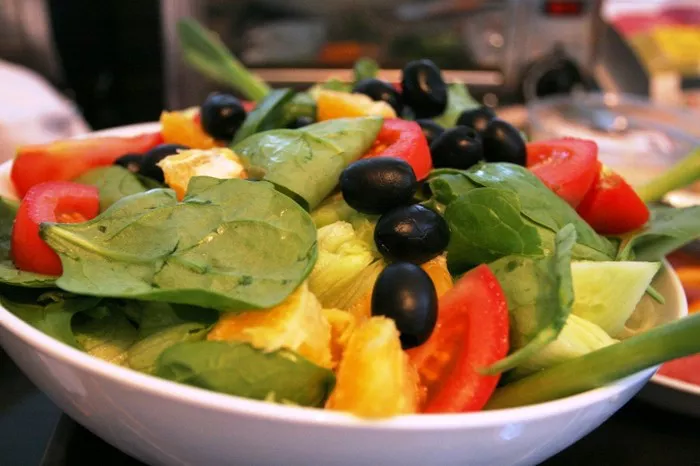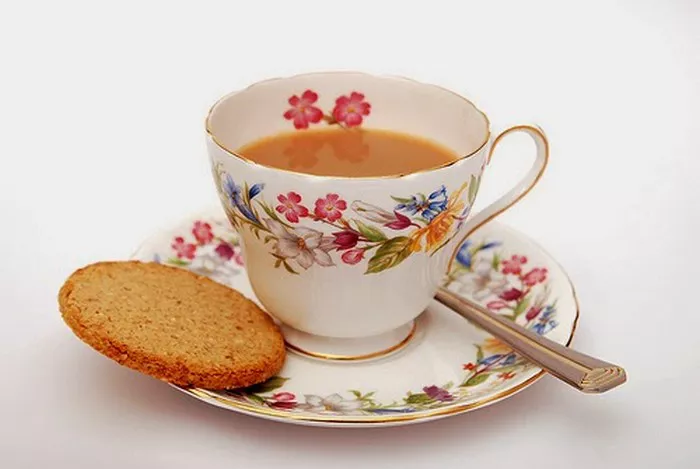Elegantly delicate and irresistibly delicious, macarons have captivated the hearts and palates of dessert enthusiasts worldwide. Originating in France, these exquisite confections are far more than just a sweet treat – they are a symbol of precision, skill, and culinary artistry. In this exploration, we delve into the world of macarons, uncovering seven fascinating facts that illuminate the history, craftsmanship, and global appeal of these delectable French delights.
Seven Fascinating Facts About the Macarons
Fact 1: Macarons’ Royal Roots
The story of macarons can be traced back to the royal courts of Renaissance Italy. It is believed that Catherine de’ Medici, the Italian queen who married Henry II of France, introduced macarons to the French court in the 16th century. However, it was not until the 20th century that the modern macaron, as we know it today, emerged. Influenced by the renowned French pastry chef Pierre Desfontaines, who introduced the concept of sandwiching ganache between two almond meringue shells, the macaron transformed, becoming the iconic treat celebrated worldwide.
Fact 2: Meticulous Macaron Making
Crafting the perfect macaron is no small feat; it requires precision, patience, and a keen understanding of the delicate balance between ingredients. The almond flour, also known as almond meal, is meticulously ground to achieve a fine texture that ensures a smooth, unblemished macaron shell. The meringue, created by whipping egg whites and sugar to stiff peaks, provides the characteristic lightness and structure. The macaronage, a crucial step in the process, involves folding the almond mixture into the meringue with precise strokes to achieve the desired consistency. The result is a batter with the perfect “molten lava” flow, setting the stage for the creation of the iconic macaron shells.
Fact 3: The Rainbow of Macaron Flavors
While the classic macaron flavor profile revolves around almonds and meringue, the world of macarons is a vibrant spectrum of diverse and innovative flavors. From traditional options like chocolate, vanilla, and pistachio to unconventional delights such as lavender, rose, and salted caramel, macarons offer a palette of tastes to suit every preference. This variety has contributed to the enduring popularity of macarons, making them a versatile dessert that can be customized to match any occasion, season, or personal taste. The array of colors and flavors transforms macarons into not just a treat for the taste buds but a feast for the eyes as well.
Fact 4: Macaron Mania Goes Global
Once confined to the patisseries of Paris, the macaron has become a global phenomenon, transcending cultural boundaries and establishing itself as a symbol of sophisticated indulgence. International pastry chefs and home bakers alike have embraced the challenge of perfecting the art of macaron making. The delicate yet resilient nature of these confections has led to their popularity in diverse culinary landscapes, from bustling metropolises to quaint towns. Macaron shops and boutiques have emerged worldwide, each offering its unique take on this French classic. This global love affair with macarons is a testament to their universal appeal and enduring status as a symbol of refined sweetness.
Fact 5: Macarons as Culinary Canvas
Beyond their exquisite taste, macarons have evolved into a canvas for artistic expression. Skilled pastry chefs and creative bakers use the smooth, circular shells as a medium for intricate designs, vibrant patterns, and even edible illustrations. From hand-painted macarons featuring delicate flowers to thematic collections celebrating seasons and events, these edible masterpieces showcase the limitless possibilities of macaron artistry. The ability to customize colors, shapes, and decorations elevates macarons from mere desserts to miniature works of culinary art, appealing not only to the palate but also to the visual senses.
Fact 6: Macaron Mystique: A Challenging Bake
While the appeal of macarons is undeniable, their reputation as a challenging bake is equally renowned. Achieving the perfect balance of a crisp shell and a chewy interior requires precision in measuring ingredients, mastering the technique of macaronage, and navigating the intricacies of oven temperature. Macarons are notorious for being sensitive to changes in humidity, making them a formidable foe for even the most seasoned bakers. However, the pursuit of the perfect macaron is a rewarding endeavor that celebrates resilience, skill, and the joy of creating an iconic French delicacy. Aspiring bakers often find themselves captivated by the mystique of macarons, drawn to the challenge and satisfaction that come with mastering this intricate dessert.
Fact 7: Macarons in Pop Culture
The allure of macarons extends beyond the world of culinary arts and has made its mark in popular culture. These dainty confections have become synonymous with elegance and luxury, often making appearances in films, fashion, and advertising. From their starring role in Sofia Coppola’s film “Marie Antoinette” to gracing the pages of glossy magazines, macarons have become a symbol of refined taste and sophistication. This cultural impact has further cemented the status of macarons as more than just a dessert – they are a cultural phenomenon that transcends the boundaries of the culinary world.
Conclusion
As we unravel the layers of history, craftsmanship, and global fascination surrounding macarons, it becomes clear that these delicate French delights are more than just a sweet treat—they are a cultural phenomenon. From their royal beginnings in the courts of Renaissance Italy to their modern-day status as global icons of refined indulgence, macarons continue to captivate and inspire. So, the next time you savor a perfectly crafted macaron, remember that you are indulging in more than just a dessert; you are experiencing a centuries-old tradition that has evolved into a symbol of elegance and artistry.
























